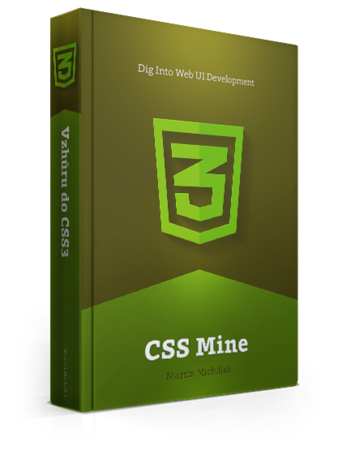background-size: cover is typically used to make sure an image covers the
whole website background – see an example at
alistapart.com/d/supersize-that-background-please/index3.html
background-size: contain is typically used when placing an icon as the
background of an element that resizes according to various screen resolutions
and when you want to use double or triple the size of an image for
high-resolution displays. See
studiopress.com/design/css-background-size-graphics.htm
Tip: If you intend to work with icons this way, consider using a vector solution
(SVG or font icons).
css-tricks.com/icon-fonts-vs-svg/.
The vertical_size and horizontal_size values can be defined in standard
CSS units: px, em etc.
When using percentage, the values are relative to the width or height of the
element to which the property is applied. For example, stretching a gradient
background to the full width and one-half of the height of an element would look
like this:
background:
linear-gradient(to bottom, transparent, black)
no-repeat bottom;
background-size:
100
Take a look at a live example at
cdpn.io/e/cmpjE.
And do not forget that background width and height are based on how the
background-origin property is set. Thus, by
default the padding-box and background-size properties are calculated either
from the inner edge or from the content of the element.
If you are using multiple background images,
simply use a comma-separated list of values:
background-size: 50% auto, auto;
The background-size property is supported by all contemporary browsers except
IE8. See
caniuse.com/background-img-opts.
There is no universal solution to this problem, however, depending on the
particular situation, you can choose from one of four approaches:
Do nothing. If you choose the image well, you will not have to bother with the
fact that it will not be resized in IE8 and lower. This does not apply to all
situations.
Detect properties and supply the browser with alternative styles using
Modernizr: .no-backgroundsize .element { … }.
Use the filter parameter. This can be only used if the background image has
equal aspect ratio and if it’s the same size or larger than the parent element:
.element {
background-size: contain;
filter: progid:DXImageTransform.Microsoft.AlphaImageLoader(
src='images/image.jpg', sizingMethod='scale');
}
Use a polyfill. Just be careful - the polyfill is using .htc files so it may
lower the website’s performance. See
github.com/louisremi/background-size-polyfill.

